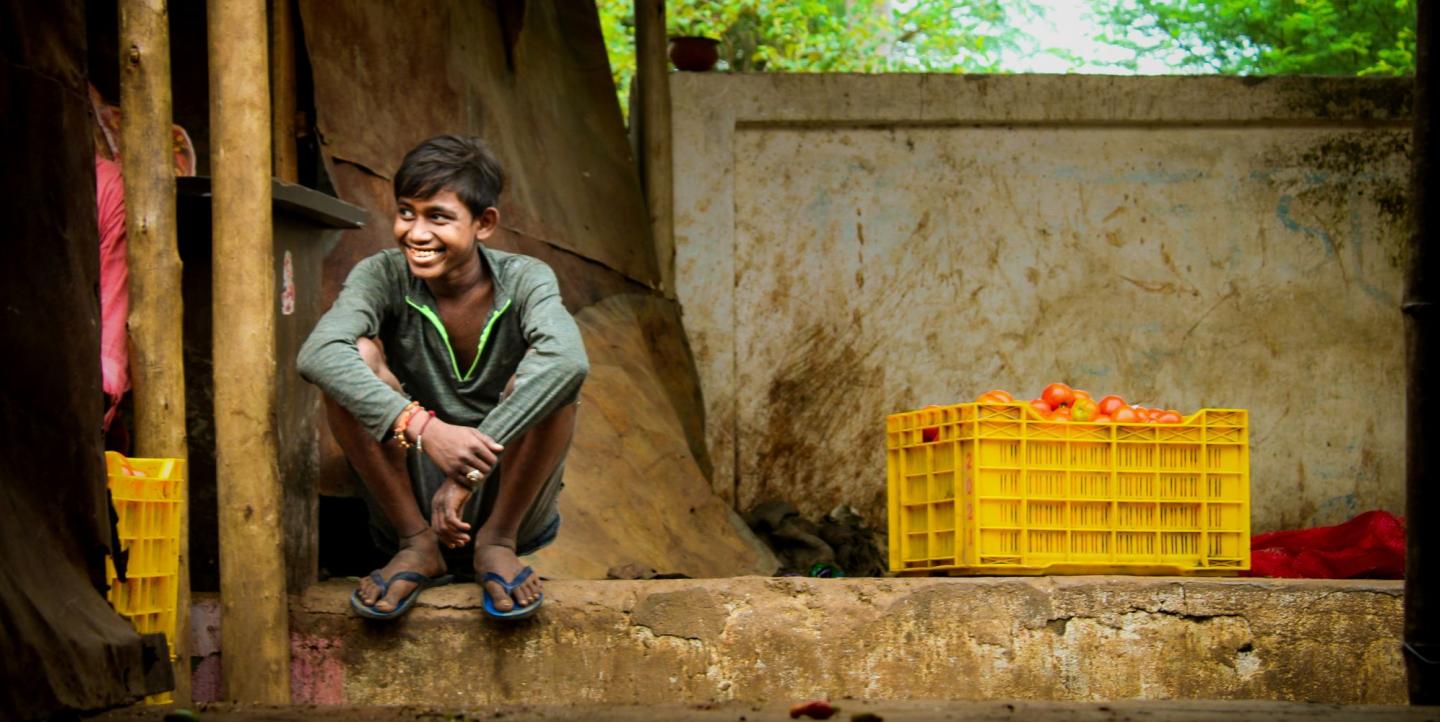Nine in 10 leadership positions in Indian media are occupied by upper-caste members, according to a 2022 study by Oxfam India. Not a single Dalit (member of India’s lowest castes) or Adivasi (Indigenous Indian) holds a top role in mainstream media.
“Our mass communication is not democratic. I found that it is more aristocratic, top-down and not inclusive,” said Shubhranshu Choudhary, founder of CGNet Swara, a citizen journalist platform created for the Adivasi people of central India.
The lack of representation in newsrooms significantly influences news gathering and its presentation. For India’s Indigenous communities, the consequences extend beyond their narratives being overlooked or misrepresented – their access to media platforms is also impacted.
“Whether it’s food, culture or traditions, mainstream media reinterprets these stories from their own perspective,” said Nitesh K. Mahto, project manager of Adivasi Lives Matter, a platform that mentors and empowers Adivasi youth to share their own stories. “This is because there are very few Adivasi voices in mainstream [media. This] has been happening to tribal stories for a long time.”
With content scarce in their native languages, Adivasi communities have long relied on oral traditions, leaving them isolated and their worries unheard. In an effort to change this, CGNet Swara is empowering these communities to become their own storytellers – to report on issues of importance to them, and share their perspectives.
Making journalists out of community members
Choudhary grew up in Chhattisgarh, where a conflict between Maoist insurgents and government security forces has raged for decades. Adivasis have been caught in the crossfire, bearing the high cost of violence and instability.
What Choudhary initially saw as a battle between the State and insurgents, he later understood to be rooted in deeper communication failures. He founded CGNet Swara in 2010 to amplify the voices of those in India’s tribal heartlands such as Chhattisgarh, some of the most underserved regions in the country.
"The insurgency is driven by two groups: one percent are leaders who understand Maoist ideology, while the other 99% are ordinary people resorting to violence because they feel unheard,” he said. “My goal was to create a platform where their voices are heard.”
The CGNet Swara team trains citizen journalists to produce audio news reports on their phones in the central Gondwana region, which includes Chhattisgarh, Madhya Pradesh, and Jharkhand. The platform reports on land rights and forest encroachment, the lack of public infrastructure and drinking water. It also writes about local songs and poems.
“The story is whatever is important to the person. It can be anything [the Adivasi people] find important enough to tell others,” said Choudhary.
Leveraging technology
Recognizing the growing penetration of mobile devices, CGNet Swara identified an opportunity to leverage cell phones in its reporting. While experimenting with interactive voice response technology, the outlet found that even in regions affected by left-wing extremism, where there is no signal, smartphones are still widely available.
CGNet Swara allows users to call in and report or listen to news submitted by other callers. The team stores audio clips on a server, where trained journalists review and verify the recordings. Approved messages are made available for playback over the phone and on the portal’s website, by which time the content has been fact-checked, translated and published with a short write-up.
“We call our reporters who send us stories from remote areas ‘Bolkars,’” said Diptendu Roy, executive editor of CGNet Swara. “The editors, known as ‘Jodkars,’ review and make necessary edits, ensuring the stories meet journalistic standards before they are published on our platform.”
Roy recalled an incident from during COVID-19: some tribal reporters of the platform were stranded in a village in the East Godavari district, when they reached out to CGNet Swara asking for assistance, and to spread the word about their predicament. One of CGNet’s volunteers tweeted about it, and within an hour, the district magistrate responded and resolved the issue.
“We didn’t provide food or shelter; all we did was create a platform and act as a bridge. It may seem small or insignificant to people in cities, but imagine being stranded in the middle of nowhere during a lockdown,” Roy said. “For those in that situation, it meant everything.”
The funding obstacle
A lack of funding remains a primary challenge for CGNet Swara. It leads to poor marketing, and distribution is scarce, making it difficult for the outlet to promote itself and attract a larger audience, including reaching those who would benefit most from its reporting.
Despite having a clear roadmap on how it would like to operate, the outlet struggles to secure the resources it needs to support and expand operations.
“We are able to operate because of grants from various agencies, which allows us to support first-time storytellers, but financial challenges are there,” said Mahto. “We always need additional funds and donations to sustain our work. Delays in payments and difficulties in securing donations are issues that we continuously face.”
Photo by ASHUTOSH CHAUDHARI on Unsplash.

